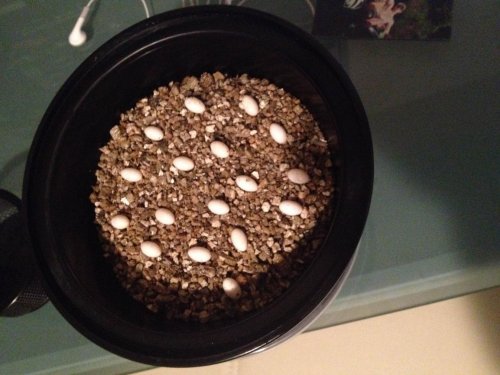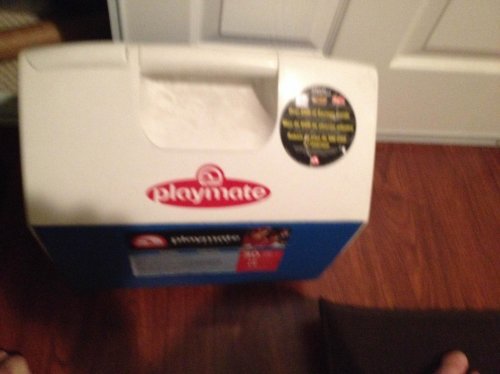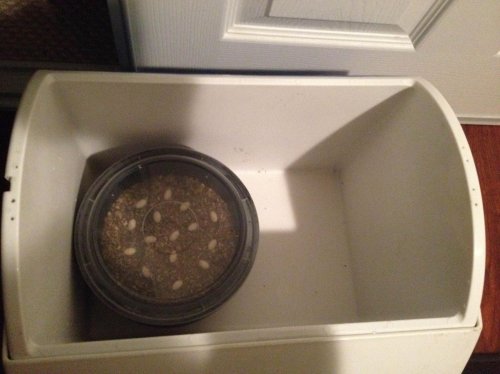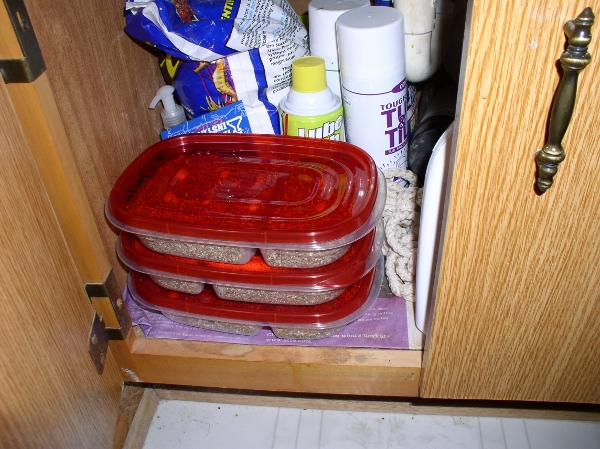Chameleon Brothers
New Member
How essential is it to use an incubator for chameleon eggs? They are for ambilobe panther chameleon.
I watched some video online and it seemed that there is alternatives if you keep them in a closet and keep a close eye on them. Wasn't sure if temperature fluctuations can kill them or not.
I watched some video online and it seemed that there is alternatives if you keep them in a closet and keep a close eye on them. Wasn't sure if temperature fluctuations can kill them or not.






